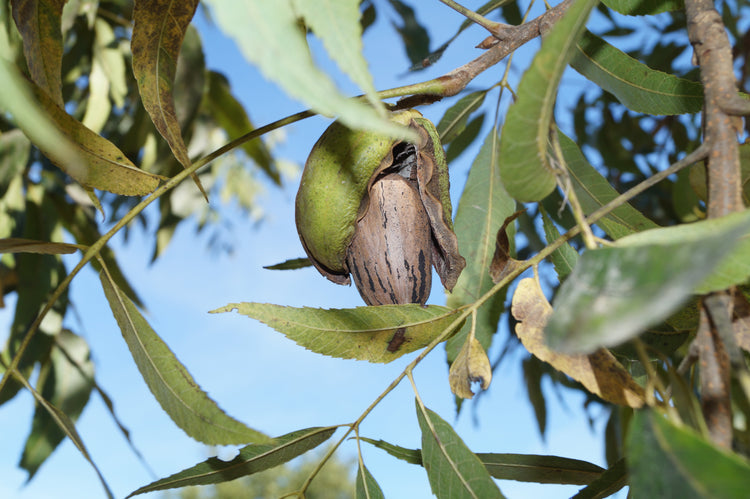Pecans may be a beloved part of Southern desserts and holiday tables, but few people know just how much time, science, and patience go into growing these buttery, antioxidant-rich nuts. Native to North America, particularly the Mississippi River region, pecan trees (Carya illinoinensis) have been cultivated for centuries—and they’re a testament to nature and nurture working hand in hand.
Growing pecans isn’t as simple as planting a seed and waiting. In fact, it’s a long-term investment that often takes six to ten years before the first real harvest. Here's a behind-the-scenes look at how pecans go from tree to table.
1. Starting the Tree: Grafting, Not Just Planting
Although pecans can grow from seed (called a "pecan nut"), commercial growers almost never use this method for producing trees. Why? Because each seed-grown tree is genetically unique and may not yield the same high-quality nuts as the parent. Instead, growers rely on grafting, a process that ensures the desirable characteristics of a specific pecan variety are passed on.
Grafting involves joining a scion (a cutting from a desired variety of pecan tree) to a rootstock (the root system of a hardier, usually seed-grown pecan tree). This ensures consistency in the nut's size, flavor, and yield. The grafted tree will eventually grow as a single organism, combining the strength of the rootstock with the nut-producing ability of the scion.
It’s a bit like cloning for trees—with the added benefit of better disease resistance and climate adaptability.
2. The Long Wait: Years to Maturity
Once a grafted tree is planted in an orchard, the waiting game begins. Pecan trees take 6 to 10 years to start producing nuts, and they don’t reach full production until around 12 to 15 years. But once mature, a healthy pecan tree can produce nuts for 50 to 100 years—or in the case of our orchard, in Raymond, Mississippi, over 150 years!
Growers must carefully manage soil quality, water, and nutrients throughout the life of the tree. Pecans prefer deep, well-drained soils and require lots of sun. They’re also quite thirsty trees, usually needing supplemental irrigation.
3. The Science of Pollination: Timing Is Everything
Pecan trees are monoecious, meaning they produce both male and female flowers on the same tree—but there’s a twist. These flowers typically mature at different times, so most trees can’t pollinate themselves. That’s why growers plant multiple varieties in the same orchard.
There are two types of pecan trees for pollination purposes:
-
Type I (Protandrous): Male flowers (catkins) release pollen before female flowers are receptive.
-
Type II (Protogynous): Female flowers are receptive before the male flowers release pollen.
By pairing Type I and Type II trees and ensuring they bloom at overlapping times, growers improve cross-pollination, which leads to higher yields and better-quality nuts. Bees and wind are the main pollinators—so healthy ecosystems play a role in pecan farming too.
4. A Sustainable Crop with Deep Roots
Pecan trees are more than nut producers—they’re carbon sinks, absorbing CO₂, and their deep roots help prevent soil erosion. Because they grow for decades, pecan orchards are often seen as a long-term investment that benefits both farmers and the environment.
And since pecans are native to North America, they’re uniquely adapted to local pests and weather conditions compared to many other nut crops.
Final Thoughts
Growing pecans is a slow, careful process that blends tradition, science, and a lot of patience. From the precision of grafting to the timing of pollination, pecan farming is anything but simple. But for growers—and snackers—the payoff is worth it: a rich, buttery nut packed with heart-healthy fats and antioxidants, perfect for pies, salads, and everything in between.
So the next time you bite into a pecan treat, remember: that little nut is the product of over a decade of care, science, and Southern sunshine.

